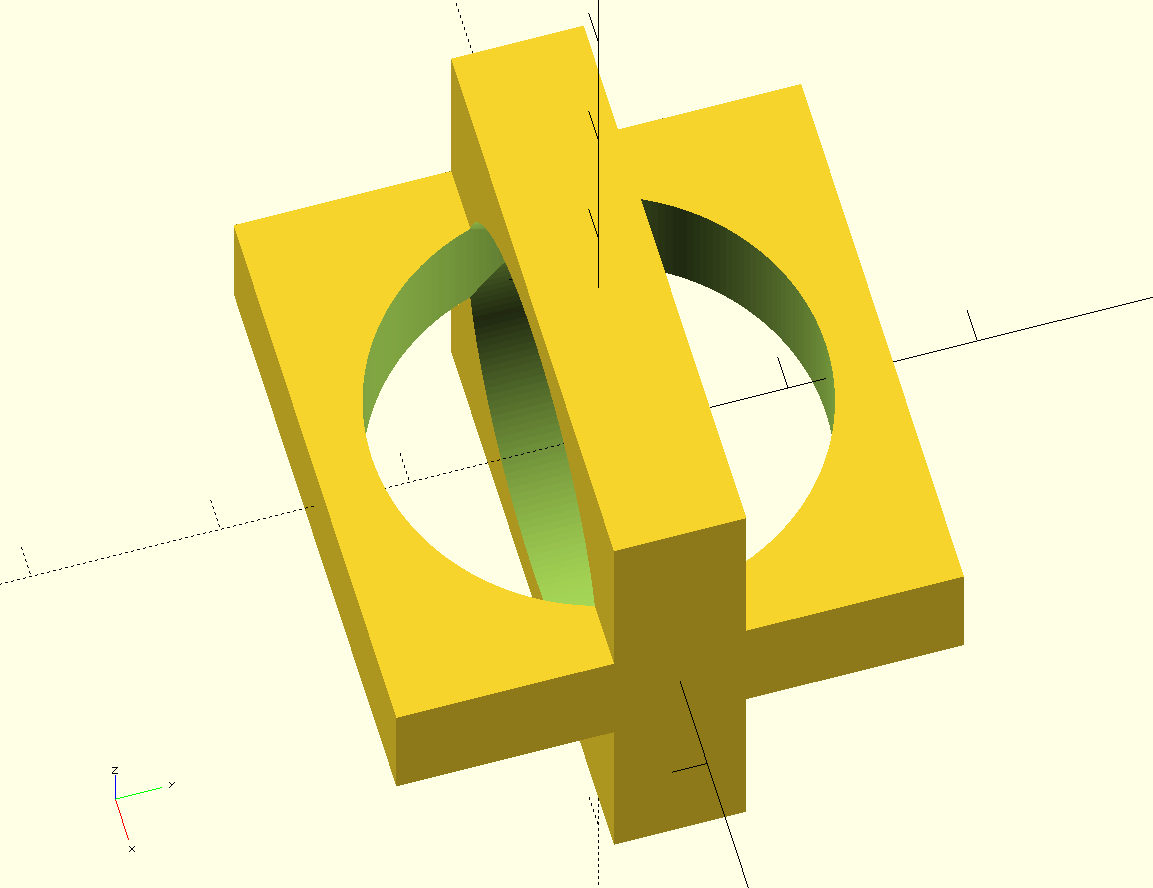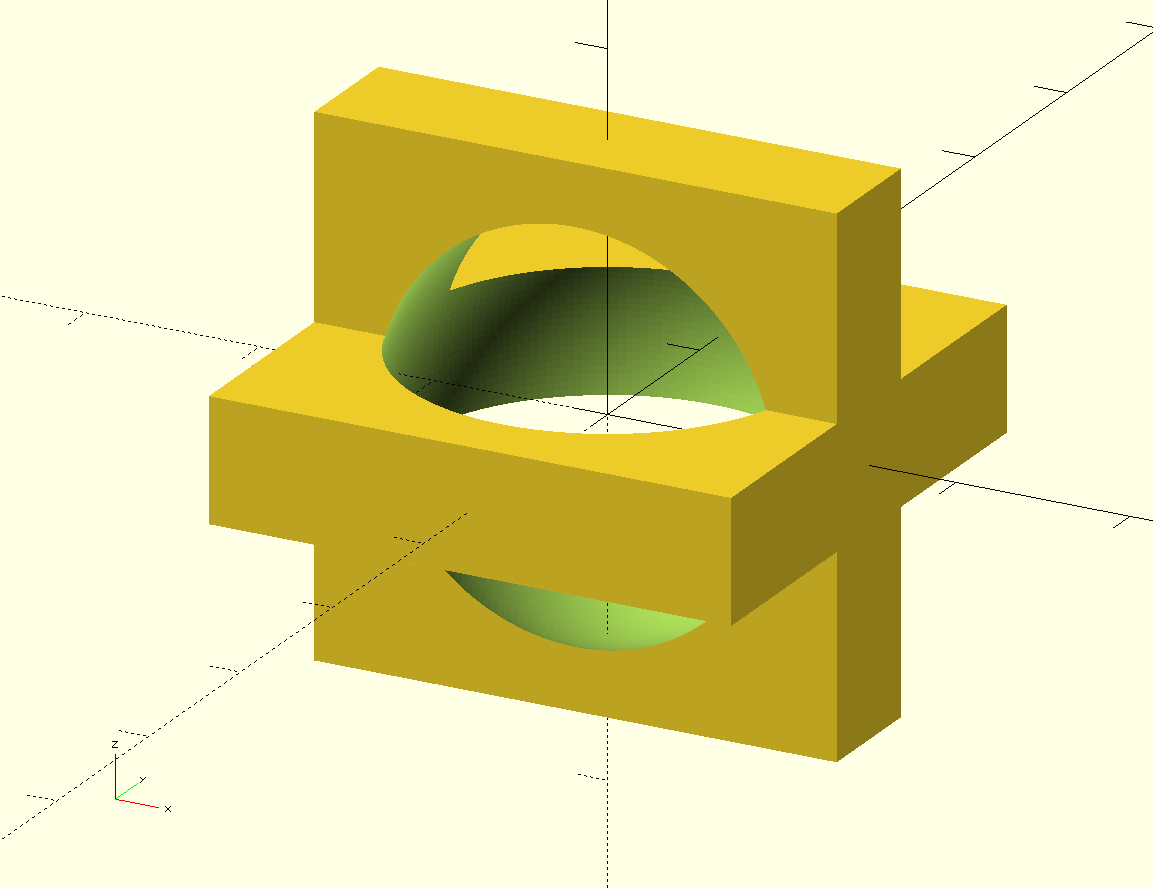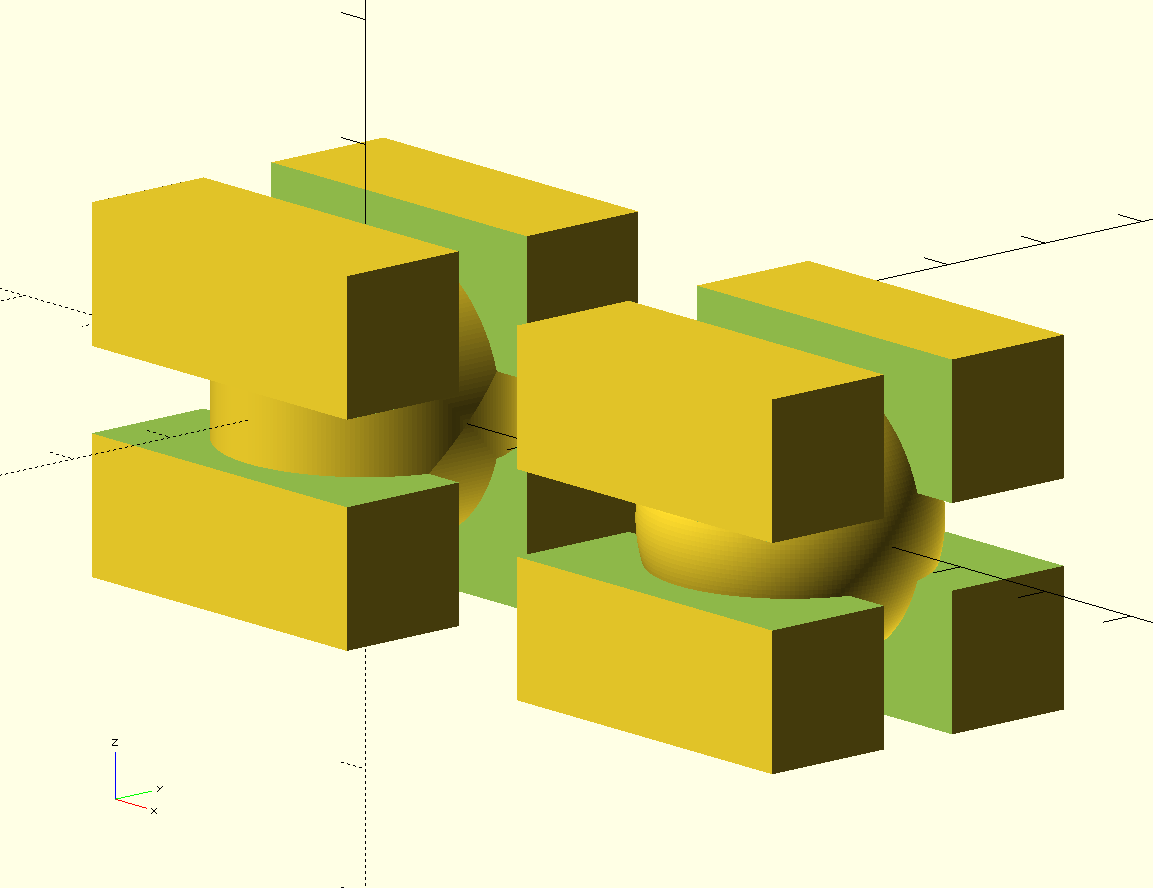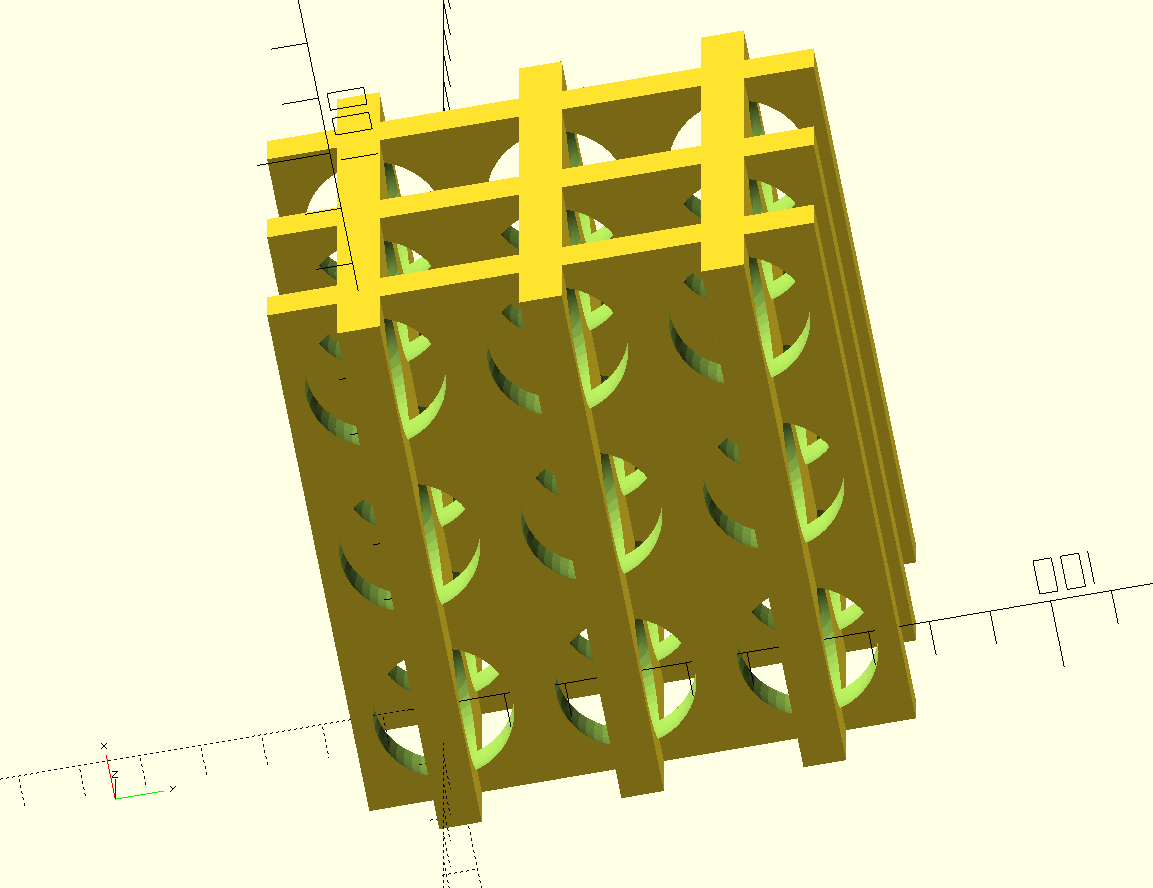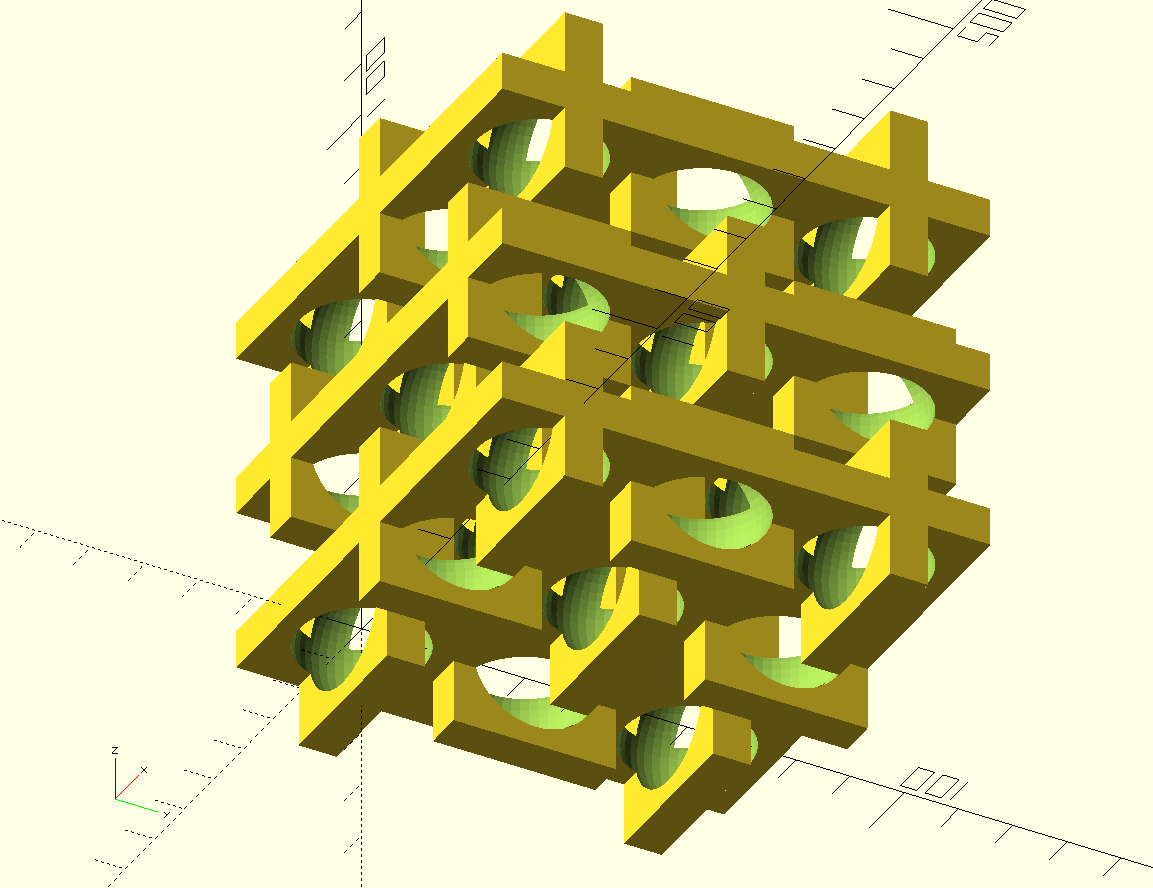Group members: Pierre-Brice Bintein, Nicolas Decoster, Victor Levy, Denis Terwagne
FAB14 Workshop
The wildcard week group project served has a basis for a workshop that was given at the FAB14 Conference in Toulouse, France (scheduled event).
Here is the tutorial that was made for the conference:
Mechanical structure functions
The function of the mechanical metamaterial is given by the material and the geometrical structure.
Here is a youtube channel with a some metamaterials for inspiration :
Fabrication processes
There are different ways to fabricate mechanical metamaterials. Here are some examples.
Thermomorph
Thermorph from Morphing Matter Lab on Vimeo.
3D printing
Laser cutting
Part I: parametric Kirigami
In this part, we are going to make mechanical metamaterials from kirigami. Kirigami is simply a sheet folding in which there are cuts. When the 2D structure is stretched, it deforms in a particular way: It can expand, retract, rotate, move out of plane,...
Exloring these structures is really eased by digital fabrication. The design of these structure can be made parametrically which allow us to explore physically the complete space parameters. It's unleashing the power of numerical simulation to the physical world (this is a real revolution in how problems are tackled in Science).
After exploring the scientific literature on kirigami structures and mechanical meta materials (which is really recent), we found this nice work to start from.
Bistable Auxetic Mechanical Metamaterials Inspired by Ancient Geometric Motifs from Ahmad Rafsanjani on Vimeo.
The challenge here, is to find an efficient way to parametrically design all these kind of structures. As Nicolas has already explored a Vig Flex Wood Pattern Generator in week 3. We wanted to push it further and make a kirigami mechanical metamaterial pattern generator.
Carefully analysing these bistable auxetic mechanical metamaterials, we find that there is a beautiful logic behind this puzzle.
They are made of
- a building block, the smallest part that is required to build the final structure by rotating, mirroring and translating it.
- a unit cell made of several rotated, mirored and translated building blocks.
- the final structure, made of multiple translated unit cells (along a squared or triangular latice).
In the figures below, here are 2 parametric designs that we would like to make. For these 2 building blocks, there are 4 parameters: l, the length of the building block, t the hinge gap, a the size of the cut, theta the cut angle.
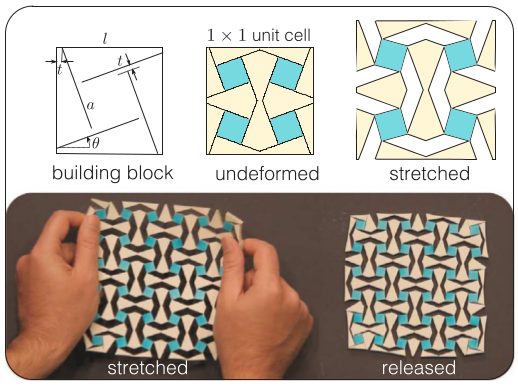
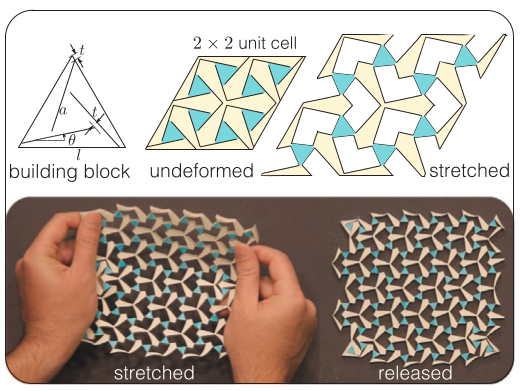
Bistable Auxetic Pattern Generator
Part II: Molding and casting 2D Mechanical metamaterials
We worked on a way to make a 2D metamaterial that is made quickly and can be quickly modified.Different solutions have been envisaged with Denis, Nicolas and Axel.
3D printing of a mold. Much too long to print: more than 4 hours . CNC: same problem .We tested soluble PVA. The idea is to print the negative of the form, to pour the resin and to dissolve the material after the drying of the resin. Tests have been done on the UP of Denis' lab and at Digiscope, inconclusive.
We worked on another idea. The idea was to find metal cylinders and arrange them on a plexiglass plate, laser cut. It is the fastest and most efficient technique for this type of form. Cylinders are actually clams that exist in many dimensions.
DESIGNING A PARAMETRIC MODEL
We drew the mold in Fusion by setting the basic dimensions: diameter, distance between, cylinders, kerf of the machine.

MOULD AND RESIN
We cut out the two forms, the one in which the cylinders will be placed, and the one that holds the resin.
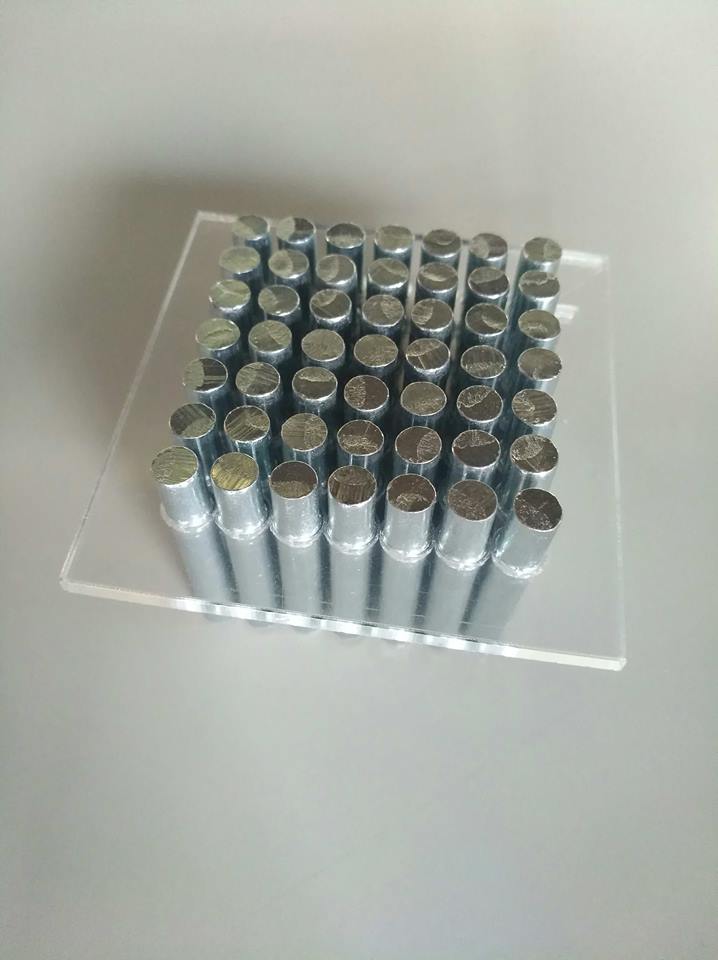
Once that was done, We entered the cylinders into the holes, leveled them, and then sealed the mold with paper.
We used elite double 8 .
There is no particular safety rules for this product.
It is used in a 50/50 mixture, made with a precision balance.
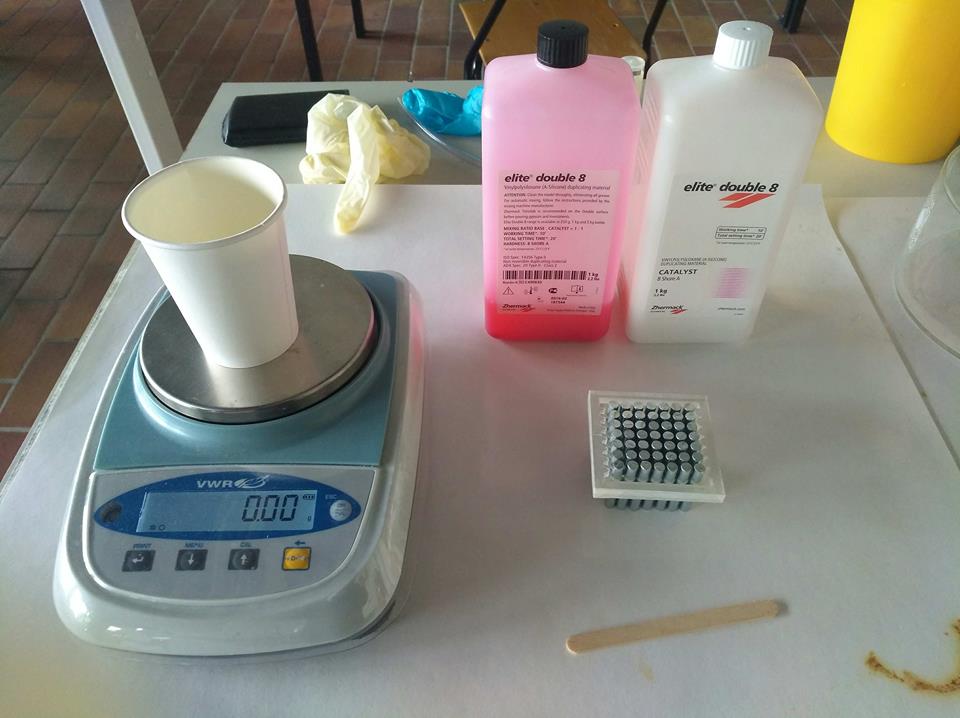
Once the mixture is made, it must be poured in the form of a thin trickle so that there is the least air bubbles.
20 minutes of waiting to open the mould.
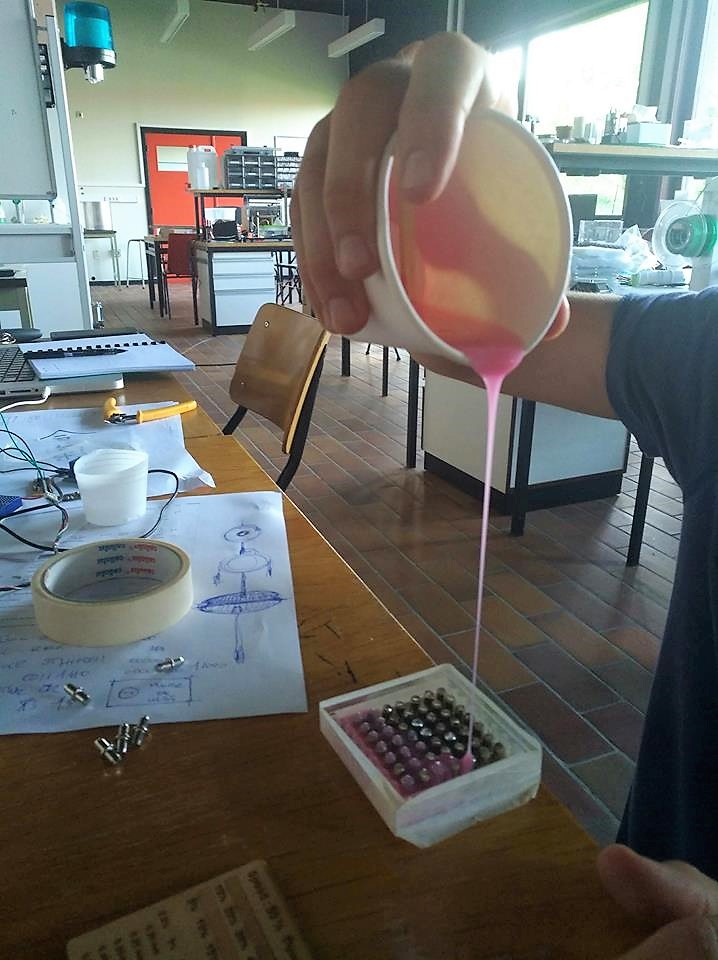
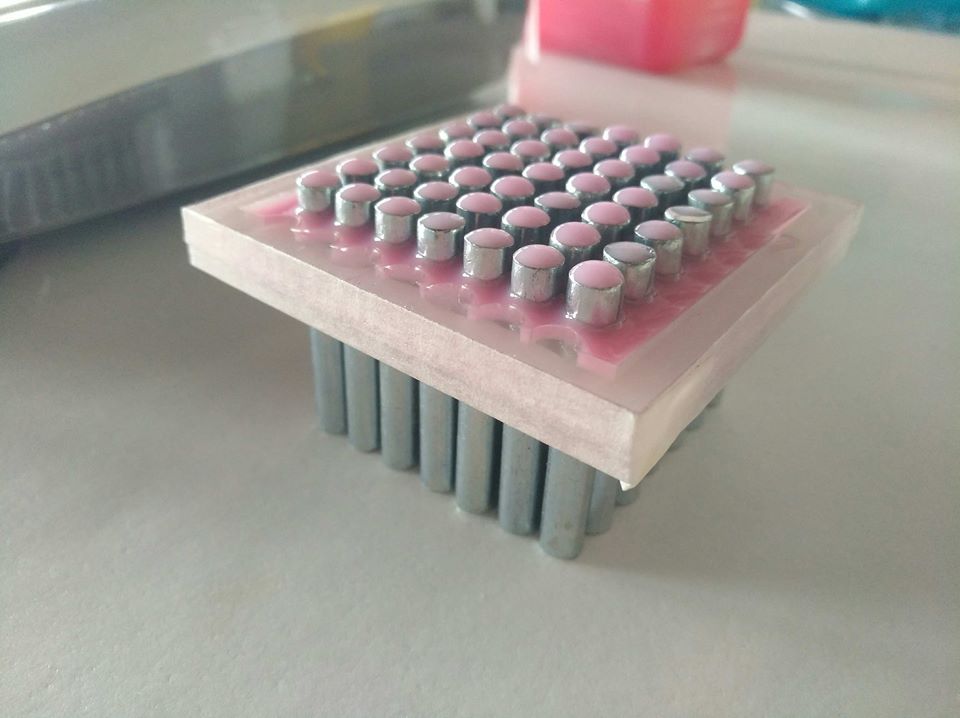
Here we are ...

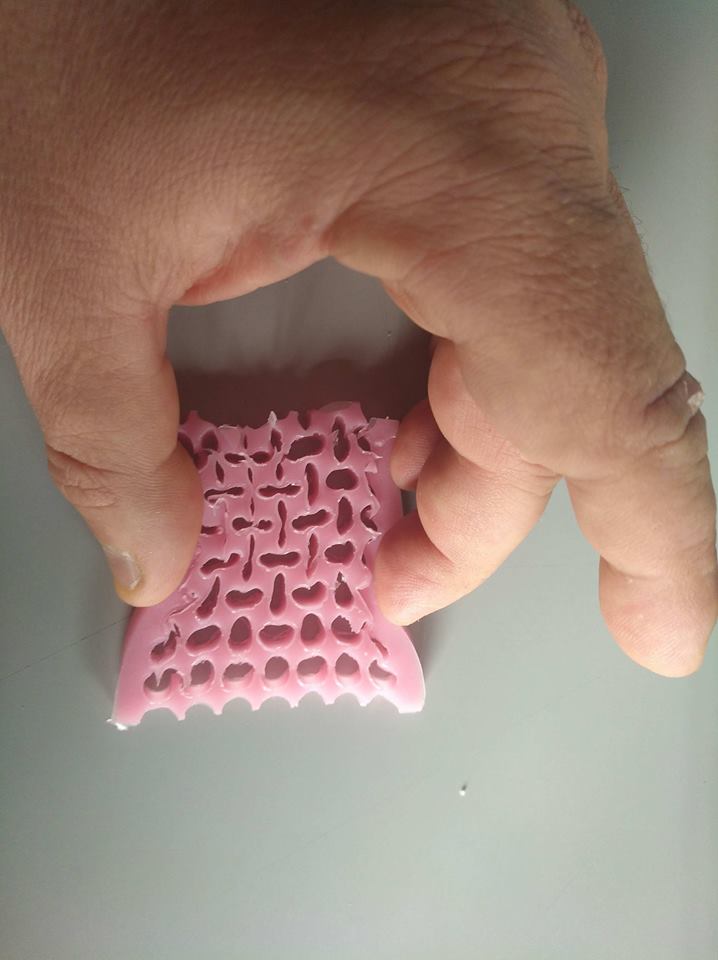
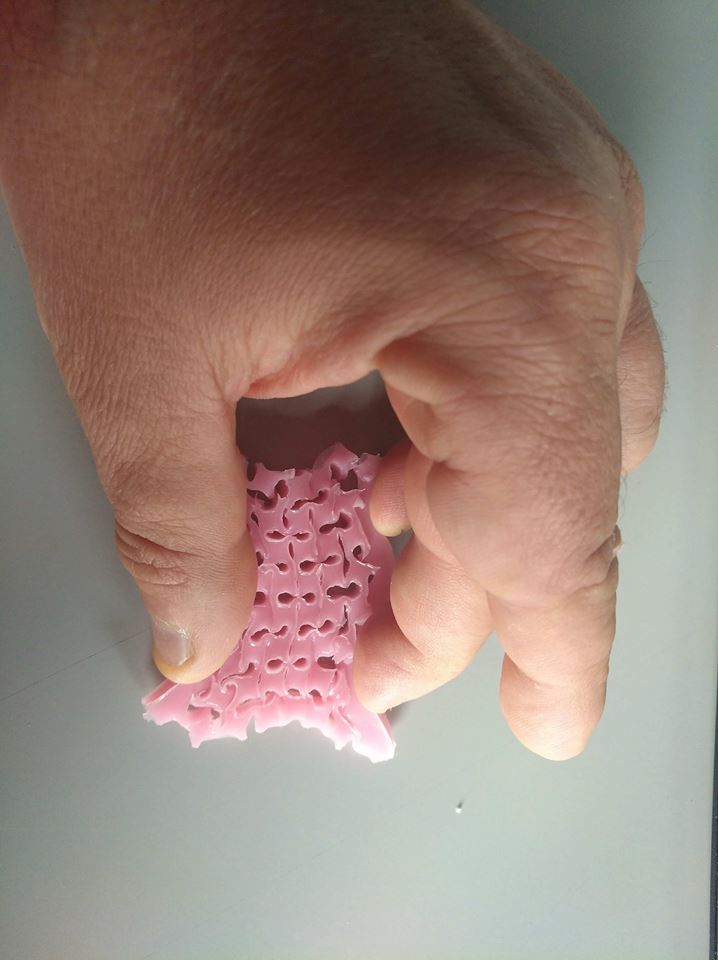
It was a bit fragile on both sides. perhaps it would be necessary to increase the distance between the cylinders,
or the mould was opened too quickly ...
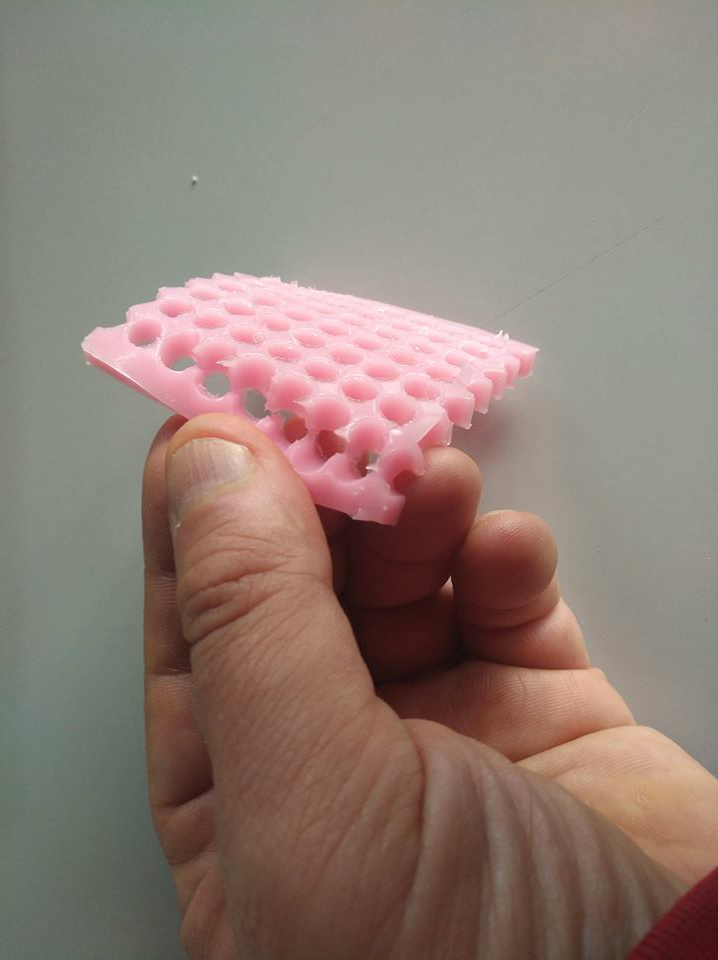
Part III: Molding and casting 3D Mechanical metamaterials
module_side = 30;
module_inside_diam = 24;
module_thickness = 7;
epsilon = 0.001; //to make sure the negatives are corrects
separate_pieces = 20;
//$fn=20; //testing purposes
$fn=200; //final rendering
module module_plan_cylinder(){
difference(){
cube([module_side+epsilon,module_side+epsilon,module_thickness], center=true);
cylinder(module_thickness,d=module_inside_diam, center=true);
}
}
module bi_plan(){
cube([module_side+epsilon,module_side+epsilon,module_thickness], center=true);
rotate([90,0,0]) cube([module_side+epsilon,module_side+epsilon,module_thickness], center=true);
}
module pixel_cylinder(){
module_plan_cylinder();
rotate([90,0,0]) module_plan_cylinder();
}
module pixel_sphere(){
difference(){
bi_plan();
sphere(d=module_inside_diam);
}
}
module negative(){
difference(){
cube(module_side, center=true);
children();
}
}
module SeparateChildren(space){
for ( i= [0:1:$children-1])
translate([i*space,0,0]) {children(i);}
}
module MatrixModule(x_repeat, y_repeat, z_repeat, alternate){
for( i = [0:x_repeat-1] ){
for( j = [0:y_repeat-1] ) {
for( k = [0:z_repeat-1] ) {
translate([i*module_side, j*module_side, k*module_side]) rotate([0, 0, (((i+j+k)*alternate)%2)*90]) children();
}
}
}
}
SeparateChildren(module_side+separate_pieces){
pixel_cylinder();
pixel_sphere();
negative(){pixel_cylinder();}
negative(){pixel_sphere();}
}
//MatrixModule(3,3,3,alternate=1){
// pixel_sphere();
//}
